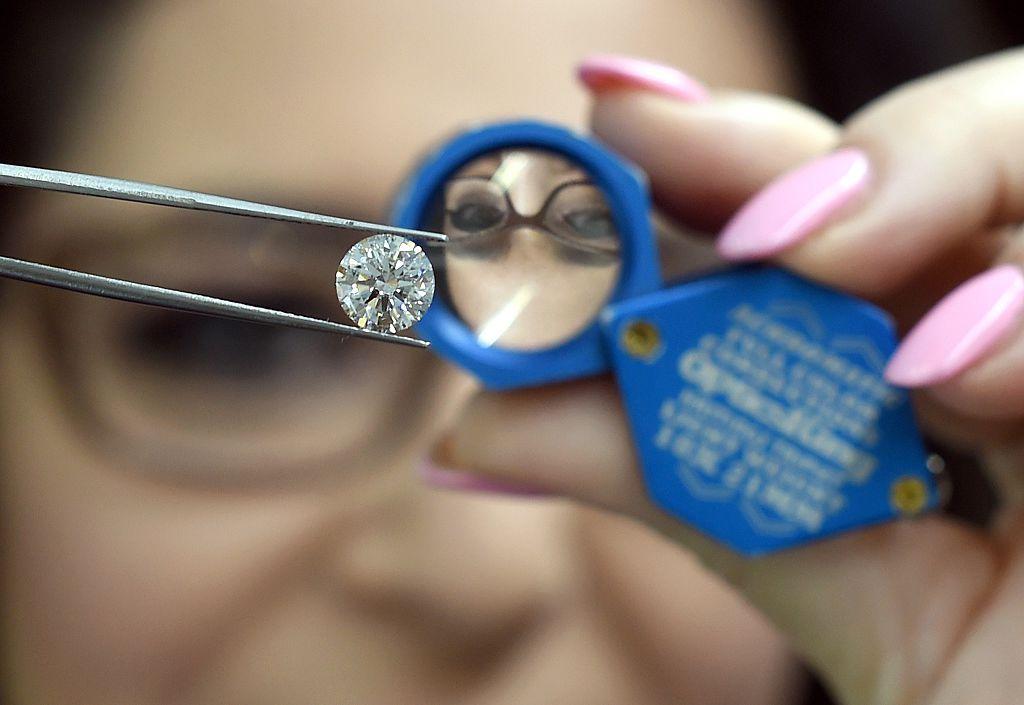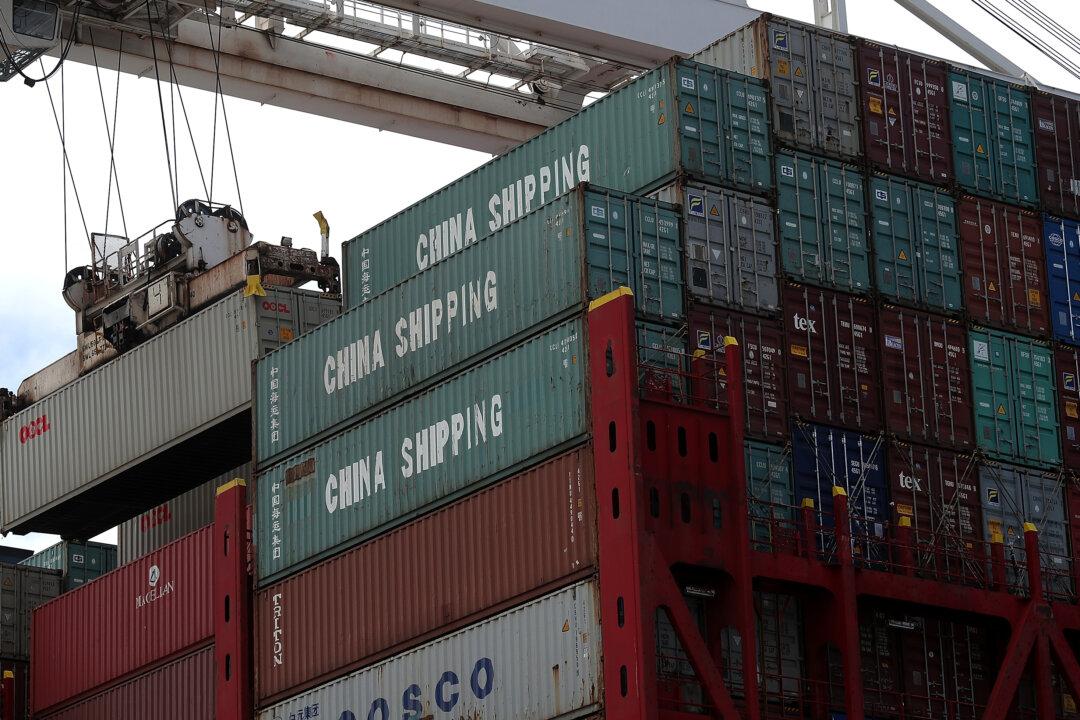What explains the relatively sudden and fairly dramatic drop in diamond prices? Is it demand? Do women no longer see diamonds as “a girl’s best friend”?
The drop in diamond prices does not appear to be part of a normal demand cycle of highs and lows, one which eventually reverts to an upward trend. Rather than a cyclical decline, the three-year plunge in diamond prices may reflect the beginning of a long-term, secular decline. If so, this epoch marks the end of a 100-year-long, marketing-driven bubble in diamond prices. The answer as to why this may be the case lies in the supply chain, not in a shift in demand.
De Beers’ stranglehold on the industry began to loosen by the end of the 20th century. Large new diamond mines were discovered in Canada, Australia, and Russia, countries outside of De Beers’ perimeter of control. Increased regulatory scrutiny, including effective anti-trust enforcement actions in the United States and Europe, forced De Beers to change its practices. Still, in an industry with only four major competitors, cartel-like behavior continued.
The real challenge to the diamond cartel has arisen only recently with the perfection of lab-grown diamonds.
While synthetic diamonds have existed since the 1950s, the technology wasn’t advanced enough to challenge the high-end of the market for natural diamonds. That is no longer the case. Advances in technology have made manmade diamonds nearly indistinguishable from natural diamonds in terms of chemical, physical, and optical properties, including hardness, color, and clarity. Modern lab-grown diamonds are essentially perfect, free from inclusions and other defects naturally occurring in mined diamonds.
Price is a significant consideration in the shift to manmade diamonds. A lab-grown diamond can cost less than one-tenth of its naturally formed and mined equivalent. A lab-grown diamond that is identical to a high-quality five carat natural diamond that might cost a consumer $250,000 at retail can be bought for $20,000. The lab-grown diamond comes with a Gemological Institute of America certificate and the diamond itself is indistinguishable, even by most gemologists, from a mined diamond.
Public awareness of “blood diamonds,” i.e., diamonds mined in conflict zones, led to an attempt to certify diamond sourcing. This effort proved flawed as the supply chain was easily compromised. Growing consumer appreciation of the horrifying labor conditions often present in mining diamonds, as well as environmental concerns, also plays a factor in the shift in demand for lab-grown diamonds.
Anyone involved in the traditional diamond trade has nothing good to say about manmade diamonds. But that is not surprising. Their livelihoods are at stake, and industry participants, from the humblest of neighborhood jewelers to the global luxury houses, are doing the best they can to maintain the illusion for as long as possible. Market prices, however, are telling them that the public no longer buys into the narrative.
Trends in the diamond market should give pause to anyone considering buying a natural diamond, whether as an investment or a symbol of love and commitment. While the diamond may still last forever, its value may not.







